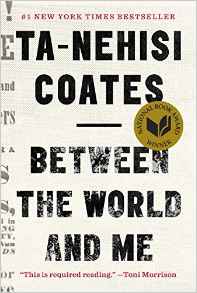What do you put on the cover of your biography?
An obvious answer is a photograph of your subject. But what if the subject isn’t instantly recognizable? Do you stick with the large photograph and hope that people will pick it up? Or do you opt for a different design? Here are six frequently used designs for biographies:
1) The portrait photograph
Popular for celebrity biographies, the portrait photo works brilliantly when your subject is a recognizable face, such as Maggie Smith or Betty White. There’s no real need to get creative with either the image or the title because people will simply recognize it and be interested (or not). You have the choice of a simple portrait or a photograph of the subject at work, but the majority of these images focus on a head shot rather than full body.
2) A painted/drawn portrait
Historical subjects, like King Richard II, have portraits in museums that you can license for use. They’re great. Even if your reader doesn’t recognize the name or portrait, chances are they’ll recognize roughly the time period and they are able to quickly assess if they might be interested. Period paintings often tell a story in themselves which will interest readers.
3) Candid photos
Candid photos are popular in personal memoirs or biographies of victims of tragedies. Candid photos are intimate glimpse into the lives of your subject, drawing in your reader.
4) A symbolic image
Sometimes the person, while noteworthy, isn’t the most memorable image of your story. Inventors, military personnel, sometimes writers themselves are all often associated with an image and even if we have a photograph or portrait of them, the general public will more quickly identify the subject without the portrait.
5) Simply titles
Biographies that display just the title on a simple background frequently focus on philosophies bred from personal experiences and tragedies. While they would most likely be able to provide a photograph, candid or formal, by not including these they focus on the journey.
6) Graphics
A graphic image uses the design without portraits or images of things which made their inventors famous. These are often found on memoirs and anthologies where there isn't a single defining point.
These categories are not hard-and-fast rules and some authors and publishers certainly opt to mix it up and use a less usual style for their type of biography. Still unsure of which type of cover to use? Follow our handy flow chart!


















